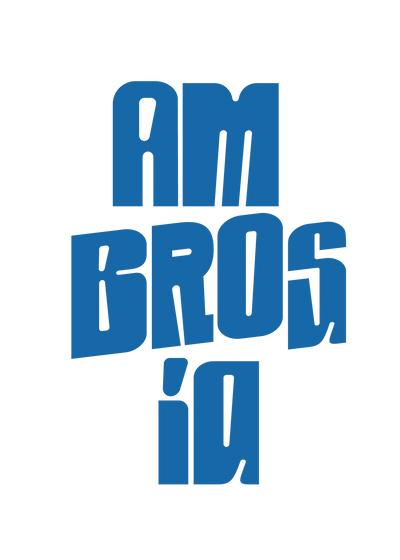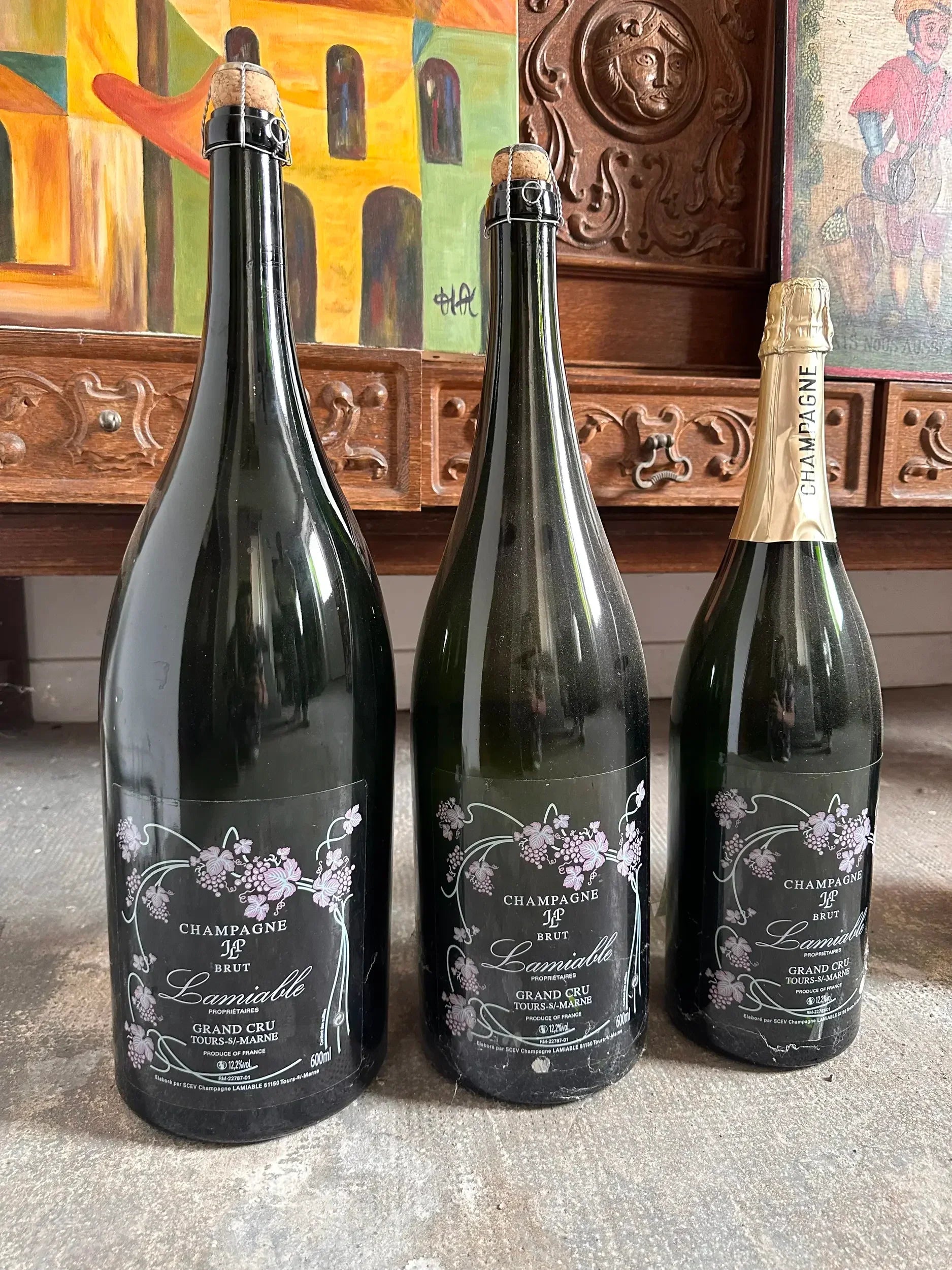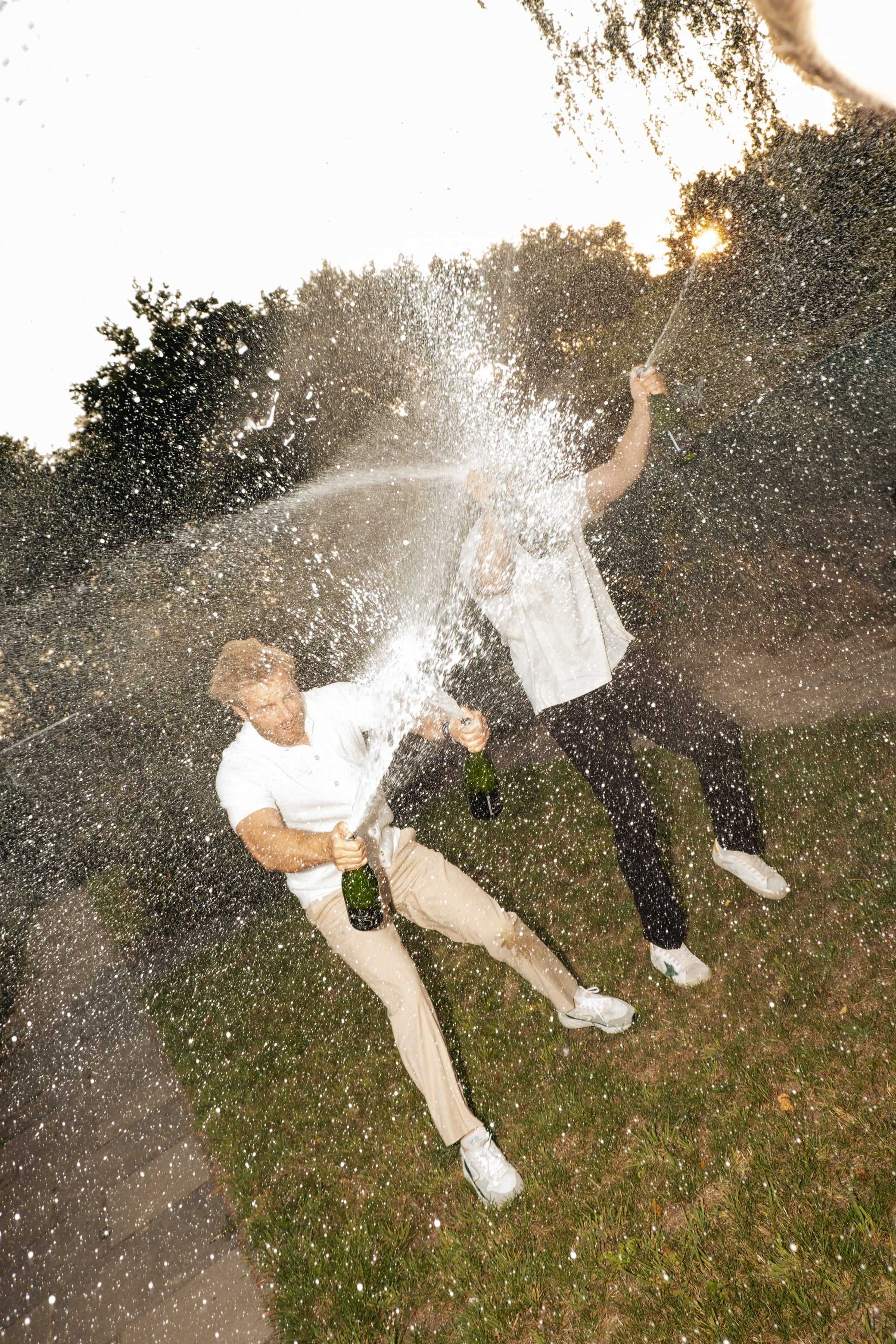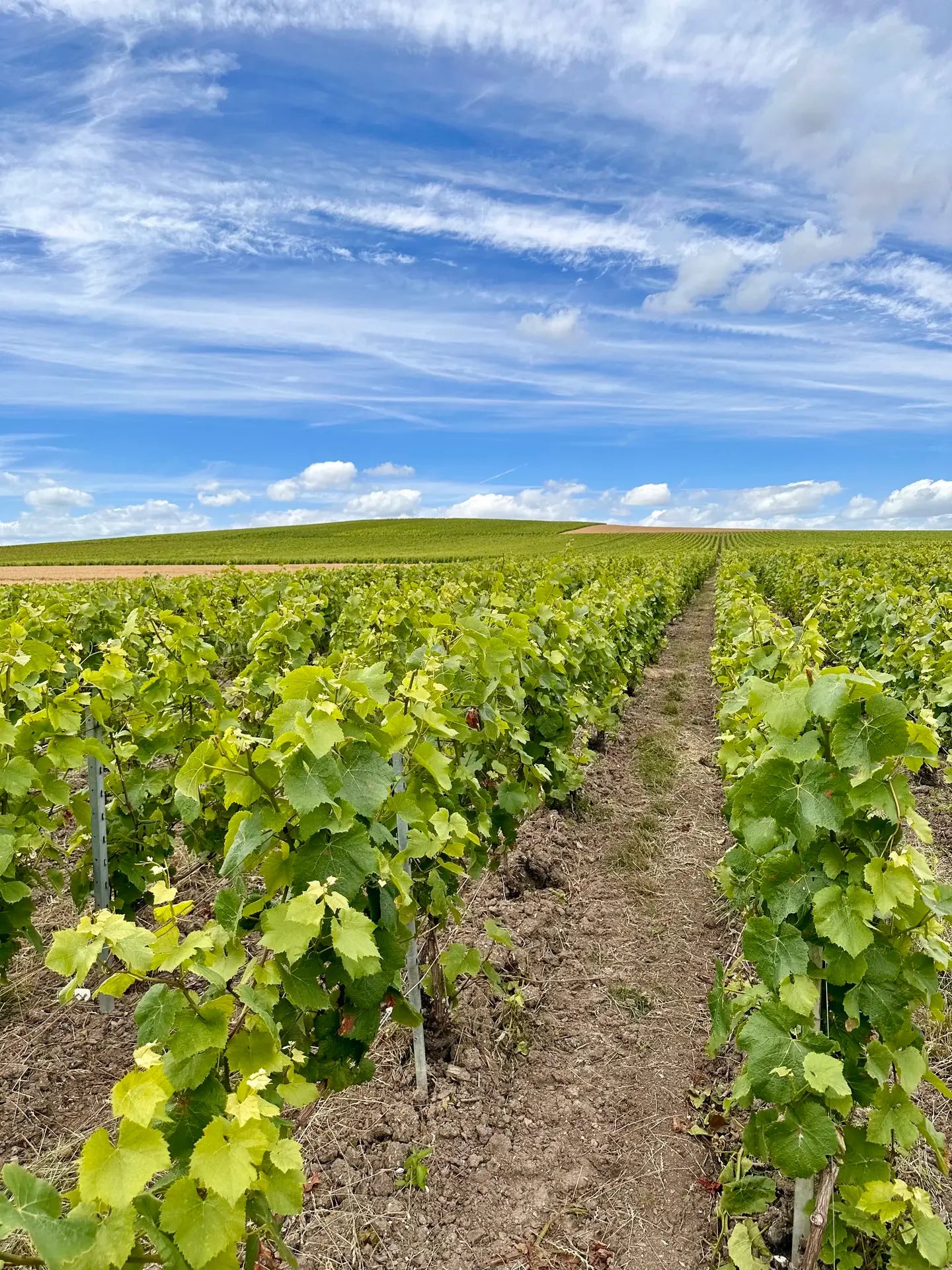What is Liqueur de Champagne?
Liqueur de Champagne, or "liqueur d'expédition," is a mixture of sugar and base wine added just before corking. This process, called "dosage," determines not only the final flavor of the champagne but also its balance and character. It's a technique performed with the utmost precision by champagne houses to guarantee the desired taste experience.
The liqueur de Champagne can vary by producer and by type of Champagne. Some houses use aged wines to add complexity, while others maintain a fresh and light style. This subtle interplay of ingredients and proportions makes Champagne an art form in itself.
The Composition and Sweetness Levels
Liqueur de Champagne typically contains a mixture of sugar and a base wine, often from the same vintage or a carefully selected reserve wine. Sometimes a special blend of older wines is used to add complexity and depth. The amount of sugar in the liqueur determines the final sweetness of the Champagne and leads to the following classifications:
-
Brut Nature (0-3 g/L) – Very dry, without added sugar.
-
Extra Brut (0-6 g/L) – Almost no sweetness, ideal for lovers of a straight taste.
-
Brut (0-12 g/L) – The most popular variant, subtly dry with a nice balance.
-
Extra Sec (12-17 g/L) – Slightly sweeter, with a light softness.
-
Sec (17-32 g/L) – Noticeable sweetness, but still fresh.
-
Demi-Sec (32-50 g/L) – Sweet, perfect with desserts or as an aperitif.
-
Doux (>50 g/L) – Very sweet, ideal for lovers of sweeter bubbles.
The Influence on Taste and Structure
The dosage of liqueur de Champagne influences not only the sweetness but also the overall structure and mouthfeel of the champagne. A minimal dosage creates a tight, mineral champagne, while a higher dosage can create a rounder, softer flavor. The producer's choice in this regard depends on the style they want to create and the experience they wish to offer the consumer.
High-end champagnes sometimes use base wines aged for years to develop a deeper, more complex flavor. These wines may be aged in oak barrels, which adds additional aromas and nuances, such as hints of vanilla, honey, or dried fruit.
Prestige Cuvées and Special Liqueurs
For the most exclusive champagnes, such as prestige cuvées, special attention is paid to the composition of the liqueur de Champagne. Producers experiment with aged reserve wines or blends from different vintages to create a unique tasting experience. This process requires craftsmanship and in-depth knowledge of wine production.
Some houses use specially preserved liqueurs or wines that have aged for decades before being added. This not only gives the champagne a luxurious character but also an added layer of complexity that tantalizes the taste buds. Creating a champagne in which the dosage is perfectly balanced with the wine's natural acidity and aromas is a true art.
The Essence of Champagne Liqueur
Liqueur de Champagne is an essential, yet often overlooked, part of the champagne-making process. It determines the final sweetness, refines the flavor, and can even enhance the complexity of a bottle of champagne. Whether you prefer a clean Brut Nature or a rich Demi-Sec, the art of dosage and the right liqueur de Champagne are essential for the perfect sparkling experience.
Curious about champagnes with a special "liqueur d'expédition"? Discover our exclusive selection at Vin Ambrosia and experience the finesse and craftsmanship of the best champagne houses!





